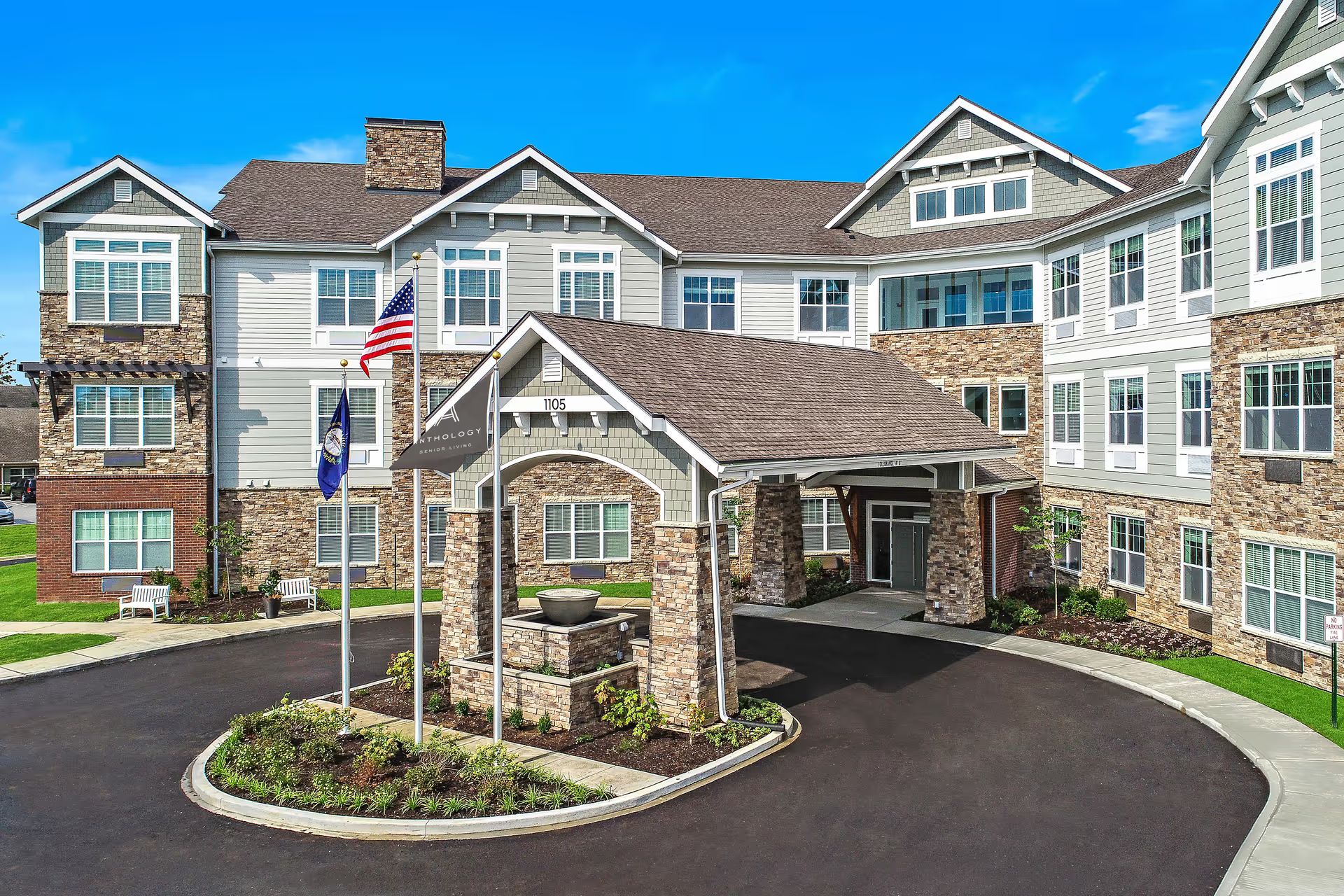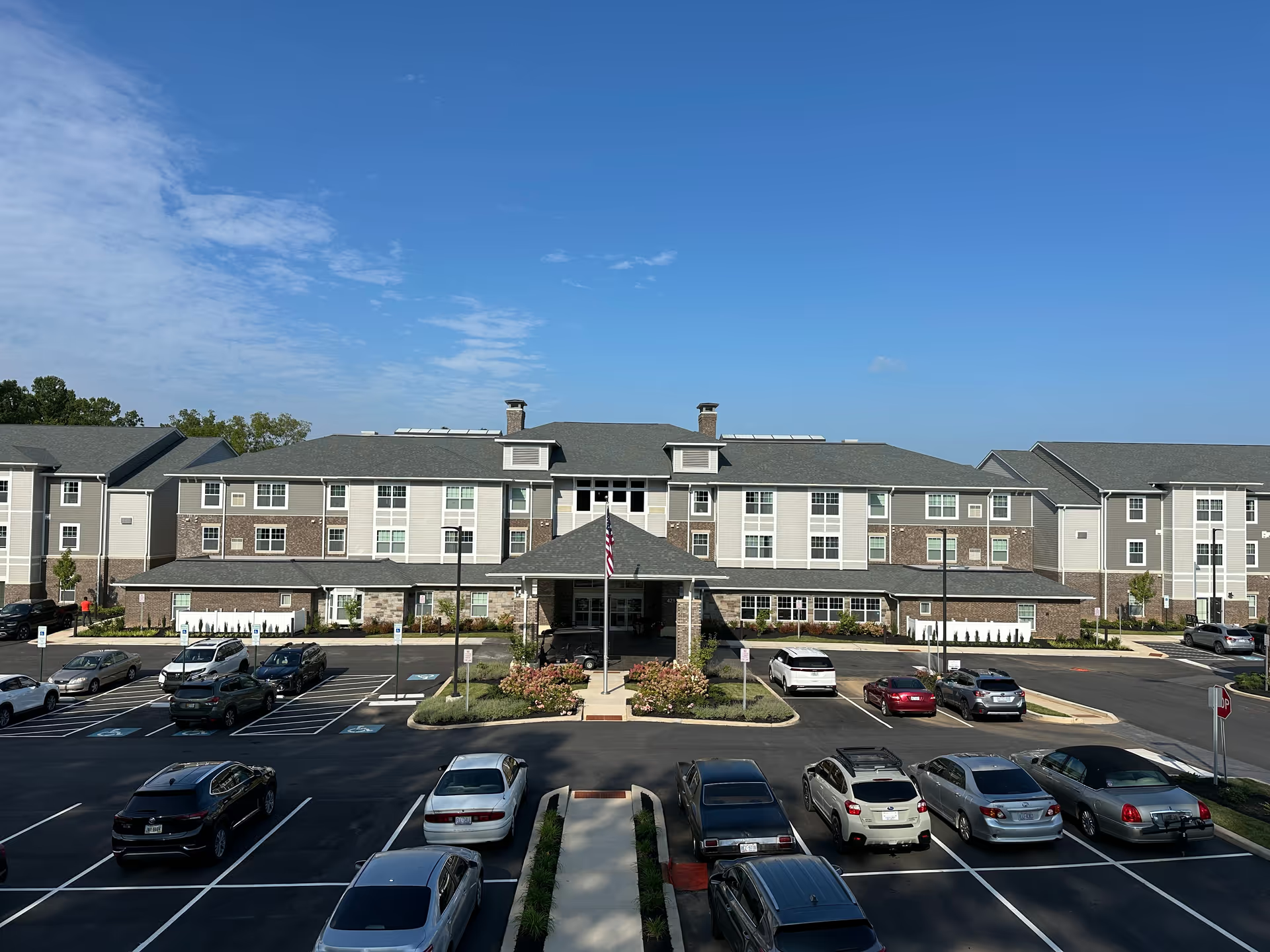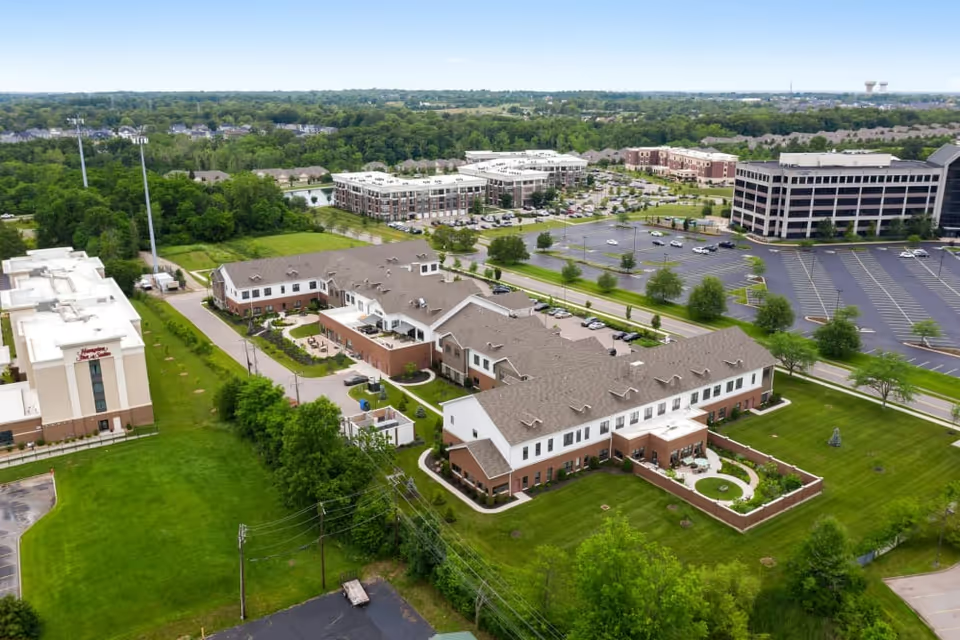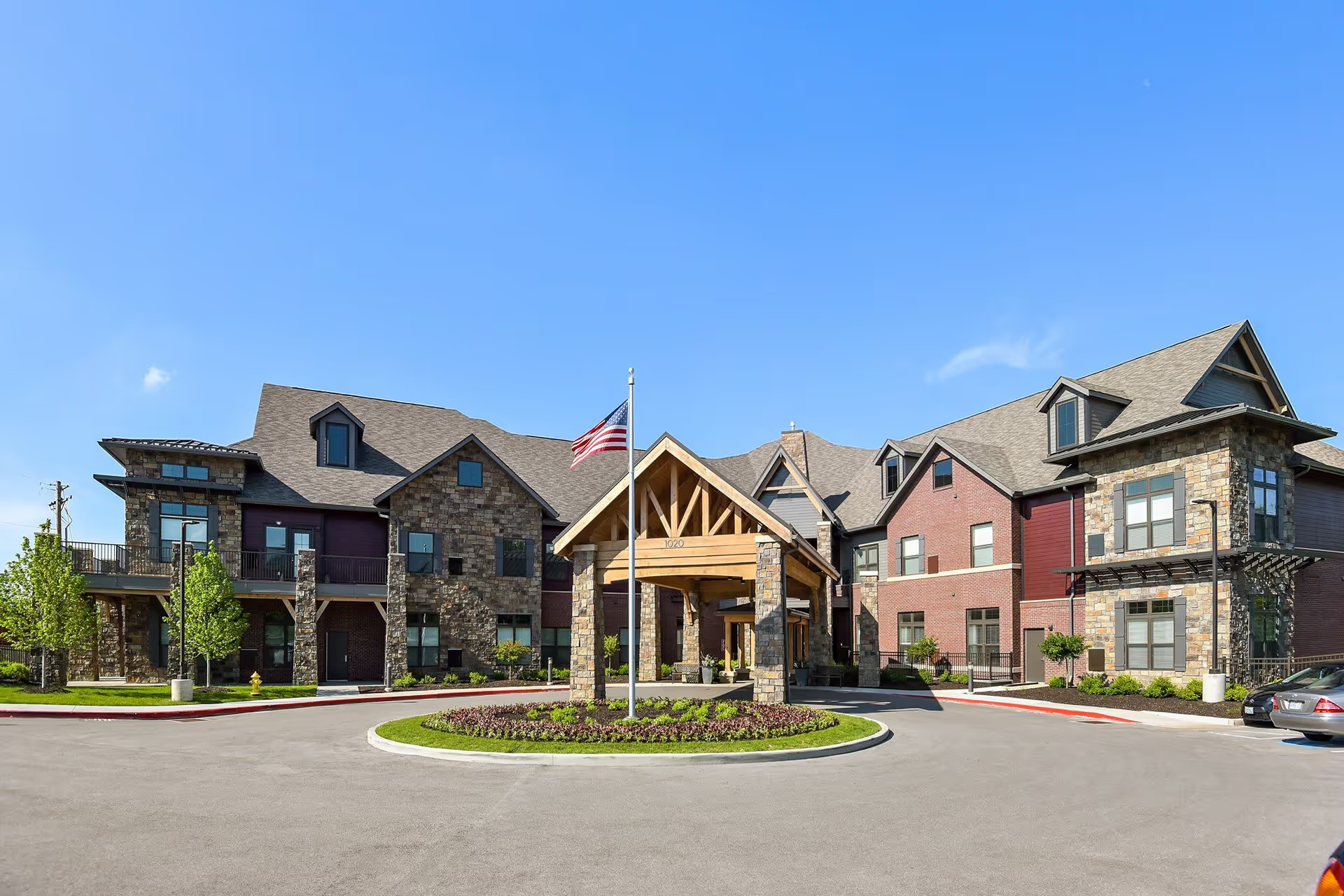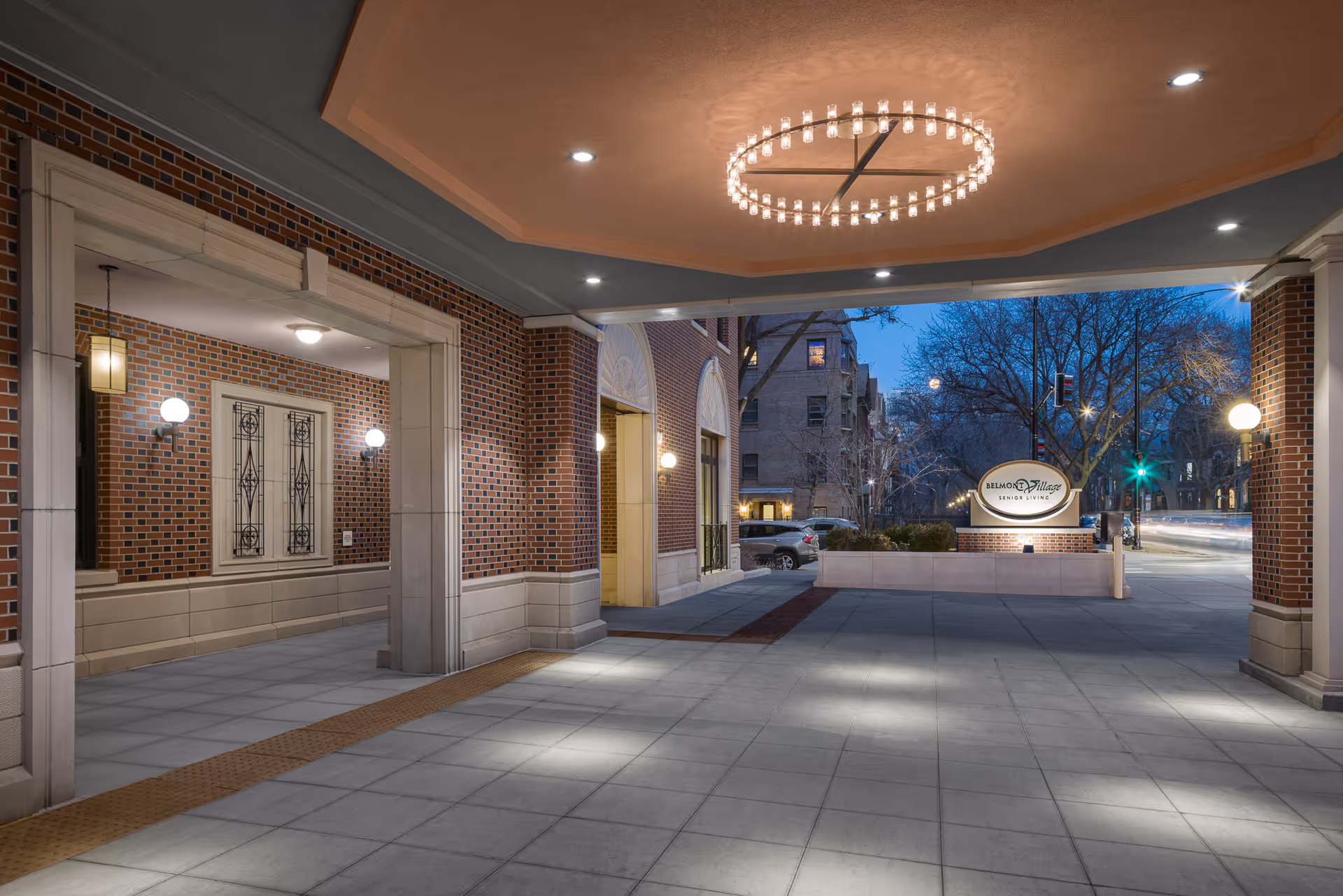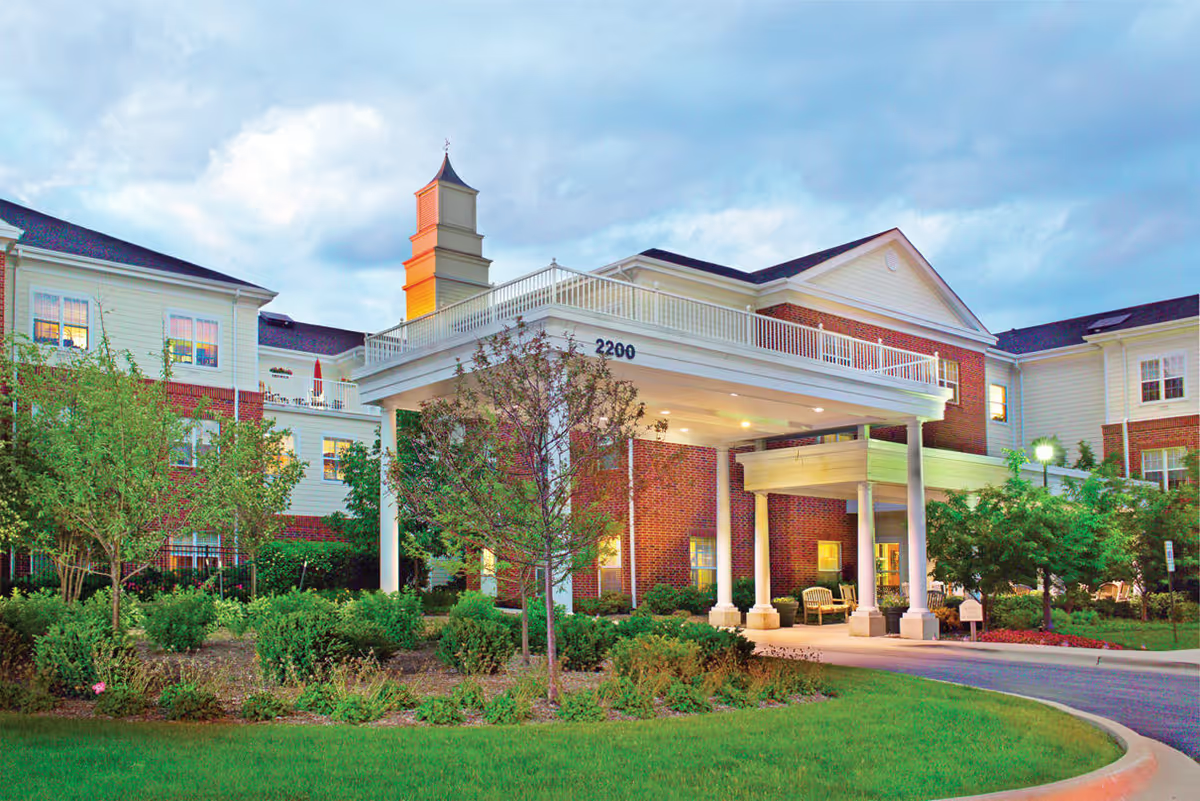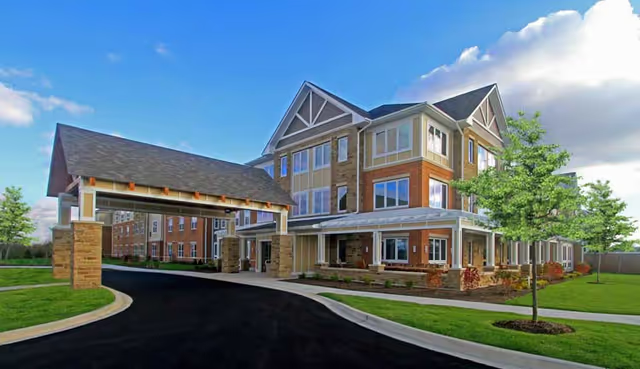Overall sentiment across reviews for Vitality Living Franklin is distinctly mixed, with a strong and recurring divide between praise for frontline caregivers and facility amenities versus serious, repeated concerns about management, staffing, and clinical reliability. Many reviewers emphasize that direct care staff are exceptionally compassionate, individualized, and engaged: residents are called by name, staff go above and beyond, activity staff run robust programs, and several departments (laundry, dining staff such as Marquita, specific nurses like Heather) receive repeated praise. The physical plant and amenities also earn positive notes: the building is often described as clean, bright, freshly renovated in places, with good natural light, pleasant outdoor courtyards and walking paths, updated flooring in common areas, spacious rooms and bathrooms, and useful therapy/PT spaces. Dining generally gets positive marks for variety and willingness to accommodate preferences, and activities are frequently cited as a highlight with many daily options, bus trips, and special programming.
However, a pervasive theme that undermines these positives is chronic understaffing and high turnover. Numerous reviewers link staffing shortages to concrete negative outcomes: missed wake-ups and missed breakfasts, delayed or missed medications (including reports of missed blood pressure meds that led to dizziness and a fall with fracture), agency workers delivering wrong meds, cancelled activities, and slower repairs and housekeeping leading to trash buildup and sporadic cleanliness issues. Multiple reviewers describe management problems that appear systemic: an executive director portrayed as out-of-touch or dismissive, hard-to-reach or unresponsive administration, inconsistent follow-through from corporate, frequent managerial departures (food service manager, memory care manager, PT specialist) and at least one reported 'hostile takeover'. These leadership issues contribute to a sense that problems are often not resolved at the root and that families must repeatedly escalate concerns.
Patient safety and clinical reliability are prominent specific concerns in several reviews. There are alarming isolated reports including lack of dementia training among staff, a very serious allegation of a resident being left unattended for 13 hours, removal of a monitoring camera after it was used to document safety issues, and an instance where heavy medication sedation led to a hospital visit. Emergency systems are criticized: non-working emergency pendant systems and pagers, delayed emergency response, and overall unreliable escalation. While some families report medical staff presence and acceptable caregiver ratios, others describe medication errors, missed treatments, and inconsistent nursing oversight. Memory care experiences are highly variable: some reviewers praise the memory care program and courtyard setup, while others call it inadequate, label parts of it as a cash grab, or describe activities limited to TV. This inconsistency suggests care quality varies considerably depending on unit, shift, or current staffing.
Activities, social engagement, and the communal environment are clear strengths when the facility is functioning well. Many family members and residents appreciate the breadth of programming (exercise classes, bingo, elderly calisthenics, high school performances, theater, bus trips), and activity staff receive repeated accolades for caring involvement and individualized approaches. The dining program is often seen as a plus—chefs willing to accommodate special requests, varied menus, and positive meal experiences—although a minority note issues with seasoning or memory care meal quality. Physically, the community layout, outdoor spaces, and updated common areas are commonly cited as reasons families chose the facility.
Patterns in communication and responsiveness are mixed and highly dependent on individual staff or leadership. Multiple reviews praise specific staff and middle managers for immediate, compassionate responses and helpful coordination (including assistance with veteran benefits and long term care information), while others report that management is slow to return calls, dismissive, or unhelpful and that corporate defers responsibility back to the local executive director. This inconsistency extends to administrative processes such as grievance forms, which one reviewer said were missing, and to bedside logistics like transportation and appointment coordination, which are praised by some and criticized by others.
Accessibility and logistics raise occasional practical concerns: some rooms or closets are not wheelchair accessible, two-story layouts are inconvenient for certain residents, and covered parking is lacking. Pricing is generally described as competitive for the mid-range market, with explicit fee examples provided in reviews (private and shared rates), but some families feel cost is high relative to inconsistent care quality. Renovations and recent investments are noticed positively, yet several reviewers also report that the facility has gone downhill since new management or a takeover, increasing staff anxiety and reducing consistency.
In summary, Vitality Living Franklin appears to offer many of the tangible attributes families look for—clean, bright spaces, engaging activities, good dining options, and numerous devoted direct-care staff who form a true community with residents. At the same time, recurring systemic issues around staffing levels, leadership and management stability, medication and emergency-system reliability, and inconsistent memory care quality create real risks and dissatisfaction for a portion of residents and families. Prospective families should weigh the strong endorsements of frontline caregivers and amenities against documented incidents of clinical lapses and administrative failures. Recommended actions for families considering this community include asking specific questions about current staffing ratios and turnover, medication administration and incident history, functionality of emergency pendant/pager systems, dementia training and programming for memory care, recent management changes and plans to address vacancies, and verifying housekeeping and maintenance schedules. Visiting during multiple times of day and speaking directly with nursing staff, activity staff, and families currently living there may help reveal whether the strengths are consistent and whether the management concerns have been effectively addressed.
